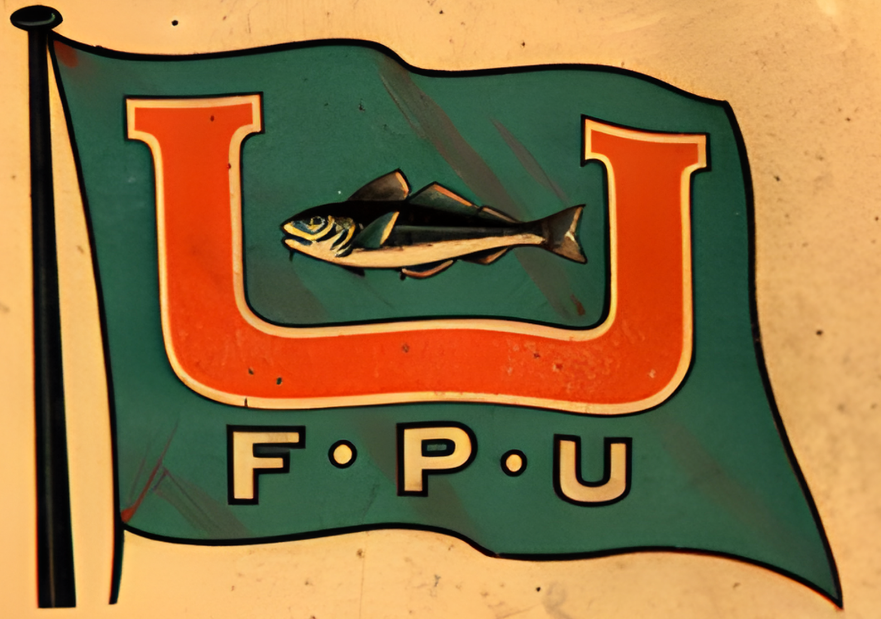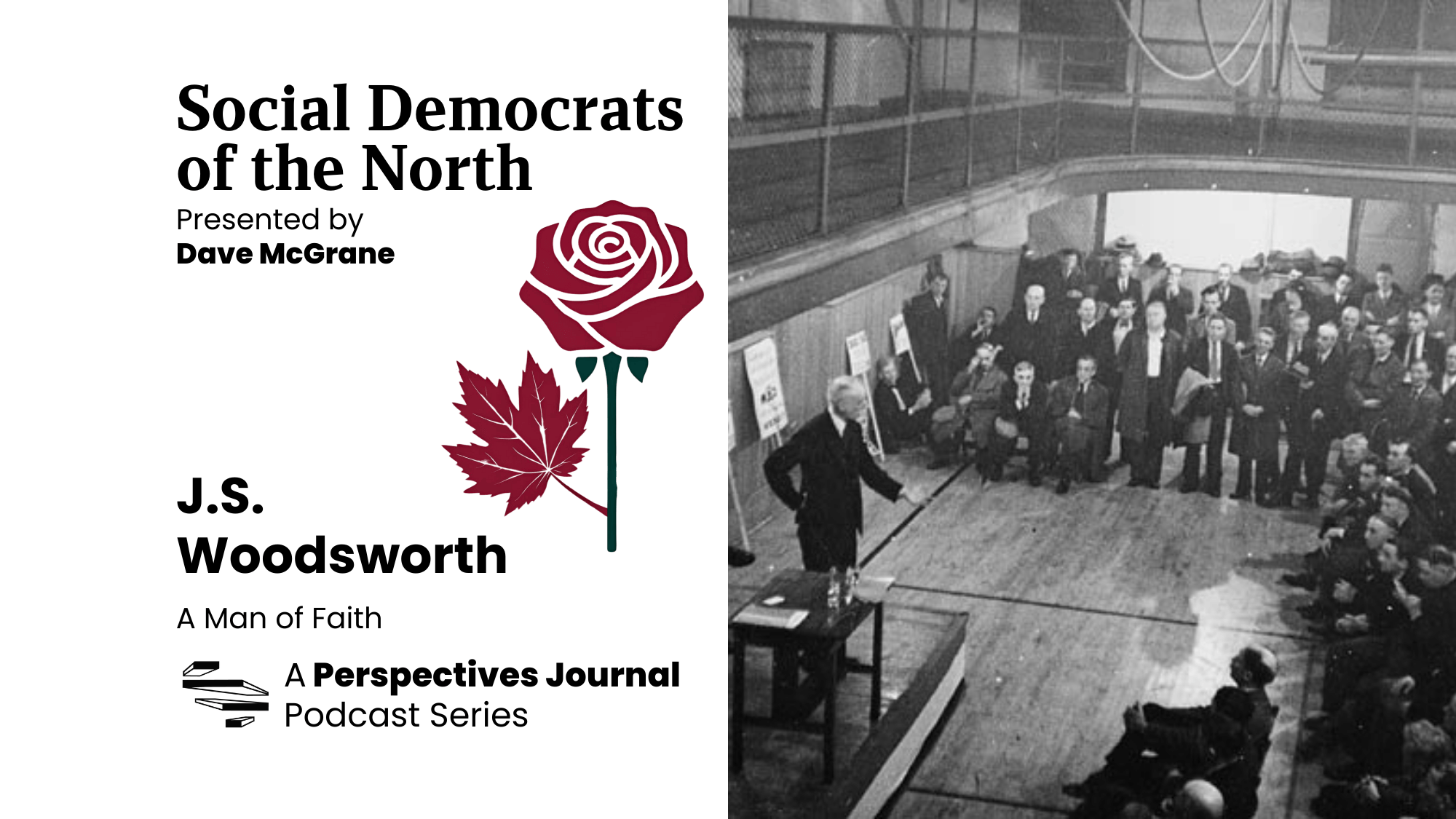I left British Columbia in 1984 to join my wife, Karen, who had taken a job with the Macdonald Commission and was to go on to pursue a career as a senior public servant. I did so somewhat reluctantly, since I had supported the recently successful British Columbia NDP leadership bid of my good friend Bob Skelly, who was at least as much an environmentalist as a committed socialist. Bob, leader of the opposition from 1984 to 1987, proved to be something of a disaster as NDP leader, making a hash of the campaign opening and presiding over a serious loss of electoral ground. From this experience, I learned that leaders need solid leadership and political skills, and not just good ideas. In Ottawa, I resumed work on my thesis for a few weeks until I was hired by the federal NDP caucus, which was then led by Ed Broadbent. In the 1984 election, the Conservatives led by Brian Mulroney swept to power with a record majority, but the NDP won a respectable thirty seats, just ten seats behind John Turner’s chastened Liberals. I worked, mainly on economic and tax issues, as part of the research team that served the leader and the caucus as a whole. There were a good dozen of us in those days, when parties still valued research over communications in the allocation of resources. (With a similarly sized caucus after 2015, the federal NDP had virtually no research capacity.)
Our work centred on critiques of the budget and the government’s legislative agenda, which was dominated by tax reform and spending cuts to address the deteriorating federal debt and deficit situation. Truth to be told, the Conservatives wielded the axe a lot less forcefully than the Liberals of Jean Chrétien would a decade later, trimming rather than slashing transfers to the provinces, largely ducking cuts to unemployment insurance, and refraining from a frontal attack on labour. The target of a balanced budget was annually postponed.
The issues of unemployment and growing insecure and precarious employment dominated political debate. The national unemployment rate hit double-digit levels from 1982 through 1984, and fell only slowly afterwards as the high interest rates imposed to tame inflation gradually returned to more normal levels. The right attributed the deficit and debt problem to supposedly excessive spending, while the left attributed it to slow growth, excessively high interest rates, and the erosion of the federal tax base. Many prominent academic economists—such as Lars Osberg, Pierre Fortin, and Tom Courchene, all at one time presidents of the Canadian Economics Association—argued that the shift to a much tighter monetary policy to fight inflation was indeed the major culprit for high unemployment and soaring public debt. I came to know and work closely with Ed, whom I now count as a close personal friend. We had regular lunches after both of us left the Hill, and I have had the privilege of working closely with him in the launching of the Broadbent Institute in 2012. Karen and I remember some wonderful meals with Ed and his wife Lucille at their large home in Sandy Hill, where we also lived. Lucille Broadbent passed away in 2007; we still use her recipe for cannelloni. When I was on the research staff, directed by George Nakitsas under chief of staff Bill Knight, I had quite close contact with Ed, frequently meeting in his office before question period or debates on various pieces of legislation.
Ed Broadbent somehow manages to be simultaneously a tough partisan and a genial intellectual of high principle, politically pugnacious, and a deep thinker who respects conservative and liberal ideas and principles. In both capacities, Ed wanted to supplant the Liberals as the dominant party of the centre left, and very much saw himself, not as a “Liberal in a hurry,” as the old adage goes, but rather as an intellectually grounded democratic socialist. He admired and was friends with leading European socialists of the period such as Willy Brandt in Germany, Joop den Uyl in the Netherlands, and Olof Palme in Sweden, whom he came to know through the Socialist International. As Christo Aivalis has argued at length in his fine book The Constant Liberal, the federal NDP caucus had remained ideologically distinct from the Liberals through the Pierre Trudeau years, during which Ed was a member of Parliament and then, from 1975, party leader. Much later in life, Ed toured Europe debating social democracy versus Marxism with his old friend and soon-to-be-wife Ellen Wood, one of the most distinguished left political theorists of our times.
Political scientists David Laycock and Lynda Erickson judge in their 2015 book Reviving Social Democracy: The Near Death and Surprising Rise of the Federal NDP that “under Broadbent’s leadership, the party continued to articulate a core social democratic conception of equality that was deeply implicated in its vision of democracy. The broad objective was a more egalitarian distribution of opportunities and resources to benefit both ‘ordinary Canadians’ and a wider range of previously disadvantaged groups, particularly women but also ethno-cultural minorities and aboriginal peoples.” Ed and the NDP were instrumental in ensuring that women’s and Aboriginal rights were recognized as part of the repatriation of the Constitution.
The NDP pushed the Liberals to embrace policies of economic nationalism in the 1970s and into the 1980s, especially when Trudeau’s government was in a minority from 1972 to 1974.
The federal Liberals in the 1970s regulated foreign ownership with a view to reducing high levels of US corporate control in the manufacturing and resource sectors; regulated the development of the oil and gas sector in the national interest through the National Energy Program; and modestly expanded public ownership, including through the establishment of Petro-Canada in the oil industry. In defining what it means to be social democrat and not just a liberal, Broadbent placed a lot of emphasis on policy development, and I was closely involved with member of Parliament Steven Langdon (an economist and former student activist), George Nakitsas, and Judy Randall in two caucus action groups, one on jobs and more broadly economic policy, and one on fair taxes. Both groups travelled the country, consulted widely with experts, and produced reports in 1987 on the need for much more government intervention in the economy and setting forth the case for redistributive tax reform with an emphasis on higher taxes for profitable corporations and the very affluent. Over this period, the federal NDP was, however, somewhat sidelined in economic pol- icy debates by a failure to take a definitive position on the deficit and debt situation. In the context of a very open economy with a strong propensity to import, a simplistic Keynesian view that the deficit should not be of great concern, given a lot of slack in the economy, was seen as increasingly problematic.
One lesson many on the left as well as the right drew from the retreat to austerity of the French Socialist (Parti Socialiste de France) government of François Mitterrand was that “Keynesianism in one country” was no longer possible. Economists had no clear answer as to how fiscal and monetary policy should address the stagflation of the 1970s, though most came to place the priority on low inflation. From a right-wing perspective, deficits and debt were bad, and many in the NDP cited Tommy Douglas to that effect, while forgetting that the ability of the federal government to finance deficits is much greater than that of the provinces. From a left perspective, high deficits were the result of high unemployment, and should be responded to not only through macroeconomic policies of stimulus, but also through more direct industrial and trade policy measures to boost private investment. That was the core message of Ed’s Hamilton speech on the deficit in 1982, drafted by Jim Laxer. This caused a storm of controversy, since it was wrongly seen by both the media and many NDP activists as a step to the right rather than an attempt to rethink how to obtain full employment in a changing economy.
I got to know some serious socialists in the NDP caucus, such as Steven Langdon from Windsor (assisted at the time by my friend and later CCPA executive director Bruce Campbell), the Reverend Dan Heap from Toronto, the fiery John Rodriguez from Sudbury, Bill Blaikie from Winnipeg, who embodied the social gospel tradition of the CCF, and Jim Fulton from Skeena, who was also a strong environmentalist. Famed for slapping a whole salmon on his desk in the House during question period, Jim went on to run the David Suzuki Foundation. Svend Robinson was a gadfly who was a voice of the extraparliamentary left, though some of his colleagues considered him to be a bit of a prima donna. Margaret Mitchell of Vancouver East was a strong voice in Parliament for feminist socialists.
I attended most caucus meetings, and was often struck by the high quality of debate. I recall Ed making the point quite strongly that the party should take positions on issues based on social democratic principles, rather than mindlessly oppose every government initiative or just seize on and chase the media issue of the day. Ed was feisty and combative in the House of Commons at a time when we got almost daily coverage in the national media. I recall staying up late (too late) with Ed for an emergency debate on foreign trawlers operating in Canadian waters, followed the next morning by headlines about “Gunboat Ed” who had called. for sending in the navy. His principal secretary, Bill Knight, was not amused.
Ed’s strategy was to win over progressive liberal voters by standing definitively to the left of the Liberal party. Ed’s cardinal rule was, and remains, to never be outflanked on the left, an unfortunate truth that was unfortunately never learned by Tom Mulcair, who, in my humble opinion, will be remembered as a Liberal interloper.
This excerpt is adapted from The Fire and the Ashes: Rekindling Democratic Socialism by Andrew Jackson, available from BTL Books.





